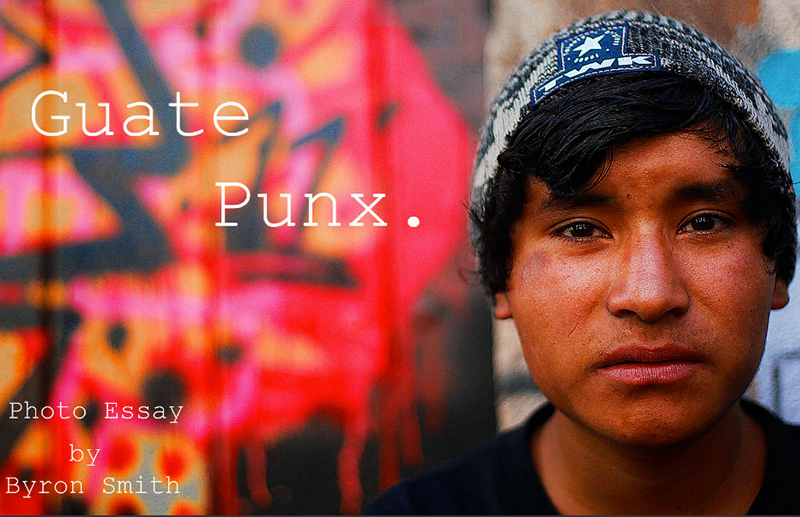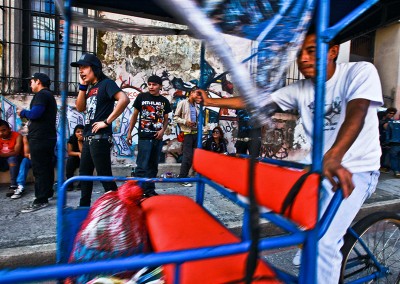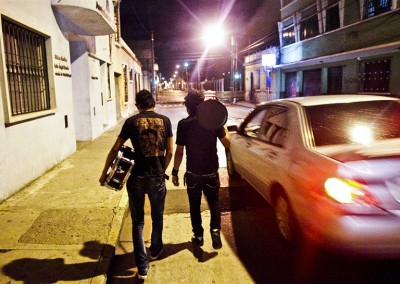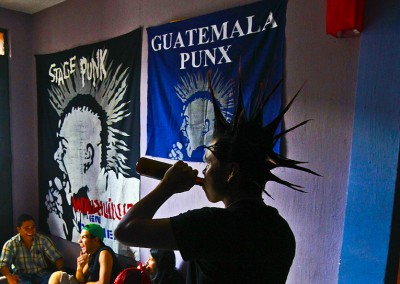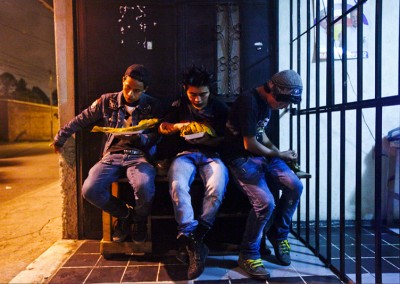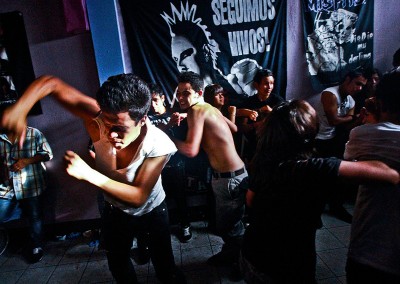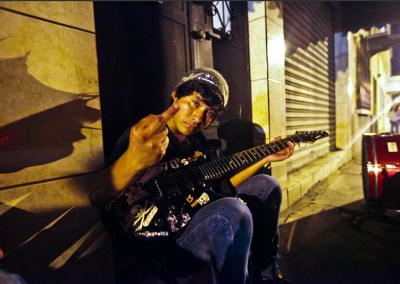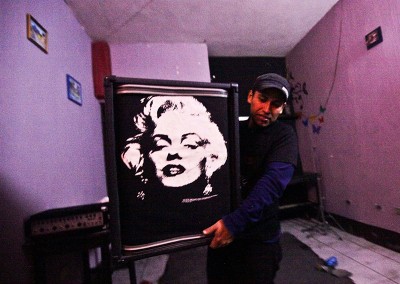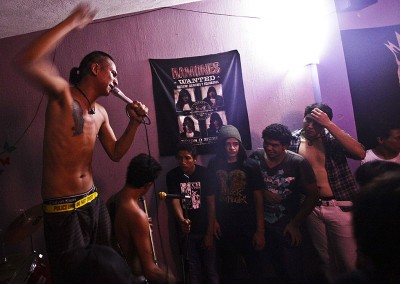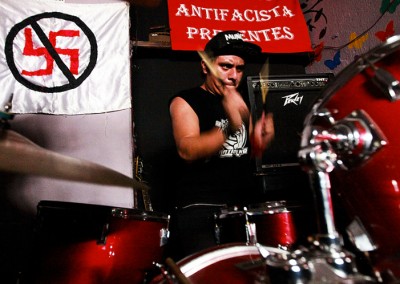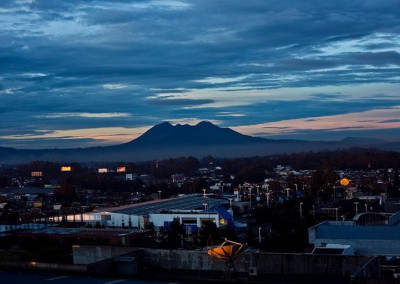Guate Punx
by Byron Smith
Interview by Marie Barrientos
How did you come about creating Guate Punx? What was the inspiration behind the subject?
Well, during this time, I was in my mid-20s, trying to figure out what I really wanted to get out of this profession. I was freelancing in Boston and growing a bit tired of doing the daily news story, which is fun, but can get a bit tedious at the same time. I’ve always enjoyed spending a solid amount of time with a subject to extract the best and most natural aspects of who they are and how they fit in the world. So I decided to take a break and visit my grandma, who lives in Guatemala, and on the way there, I figured I’d try to work on a story there. As I was looking for story ideas, I saw that there was this community of punk kids, and the fact that the scene wasn’t different from American or UK scenes, I thought that would be my best bet as a story. So I searched for the local bands, and it all stemmed from those contacts.
You often work from assignments with the Times or WSJ, which means you get the story or the topic, at least. Do you ever find you set out with the idea of a story, but it changes on you? Perhaps the premise changes?
Yes, and I welcome that change greatly. That’s essentially what I love about this profession. Subjects and stories can change your preconceived notions about how things are supposed to be. I feel like my best work comes out when I have to adapt and see things with fresh eyes.
A few winters ago, I had an idea for a photographic series about some sort of Washington Heights underground nightlife yet to be exposed. You were generous and went along with it.
One real frigid night, we jumped into a car at about 1 a.m. driving about the neighborhood in search of this vague idea of mine. I think the most we found was some brightly lit all-night barbershop where the customers and staff were making quarter bets over a large gumball machine. It wasn’t exactly what I had been imagining. Not a story. But what stuck with me was your persistence in asking, what’s the story here? What is a story for you as a photographer? What do you look for?
Well, to answer that, we can go back to that idea of how one goes into a situation with a set ideas of how things usually work versus how they actually are. To me, that was kind of exciting (photo-wise) anyway to show a group of adult friends out late in Washington Heights, but instead of doing the drugs and drinking thing, they’re placing a bet on what the color of a gumball might be. So basically, you’re looking for something that changes your idea because it peels back a layer on something we don’t really ever see. If that can be exposed they I’d say I’ve done my job.
Since we’re a literary journal, we like to ask, what has been an influential book for you growing up or now?
I think Walden and most of the work by Henry David Thoreau have been the supreme backbone of who I am. I believe in the ideas of living a simple life that isn’t cluttered with material goods and resisting unjust states and oppression of all people. I think I got into this field because the camera will allow me to spend time with subjects that aren’t, say, the rich and powerful and tell their story to whoever is interested.
What are you reading now?
Right now I’m reading this book called The Gun by New York Times reporter C.J. Chivers about the history of AK-47 and its subsequent ubiquity in modern armed resistance movements. As for fiction, I’m trying to dive back into classics like Don Quixote.
Byron Smith is an award-winning photojournalist based in New York City focusing on human interest stories. He’s a frequent contributor to the New York Times and Wall Street Journal. He lives in Brooklyn with his cat Misty. To see more of Byron Smith’s work, go to byronsmithphoto.com

